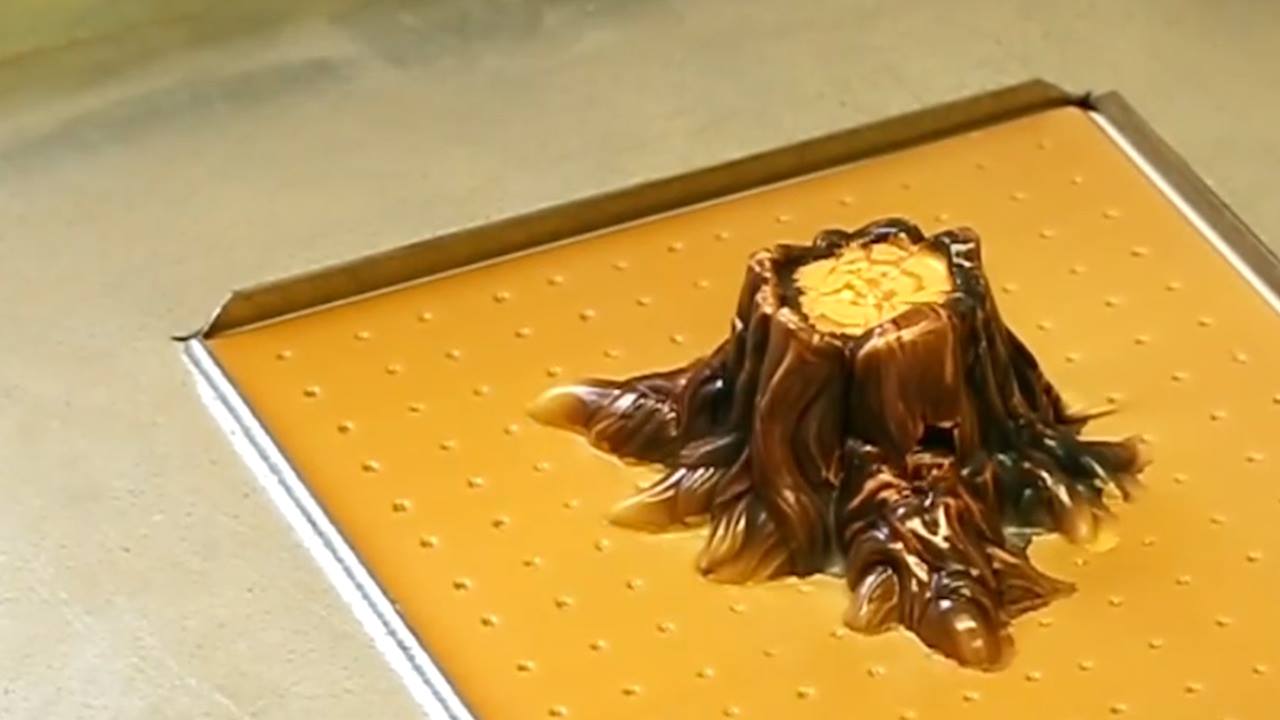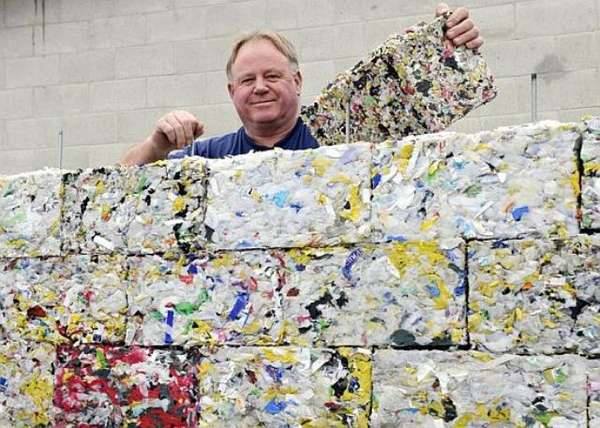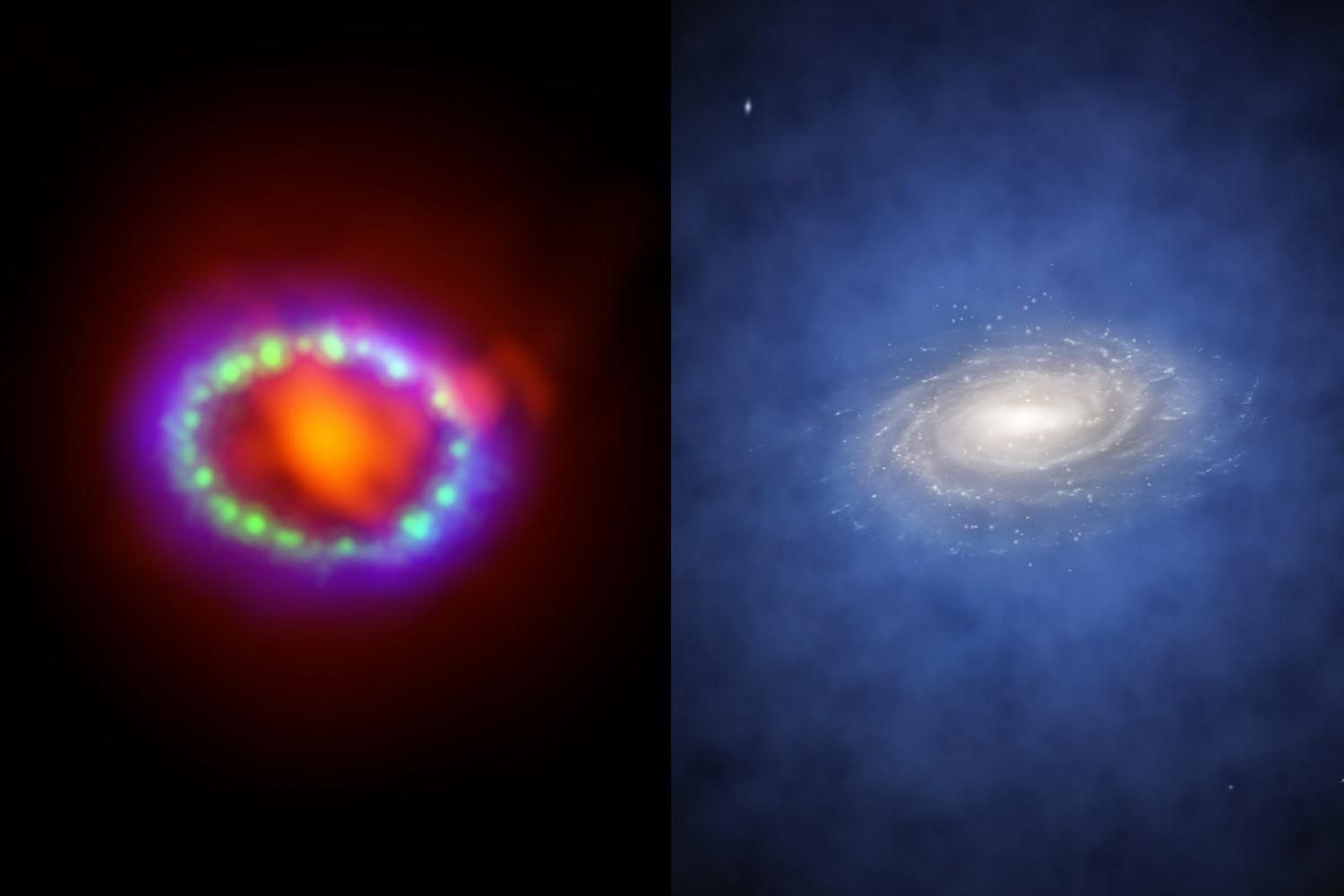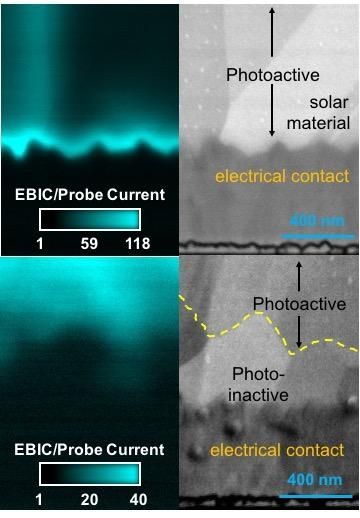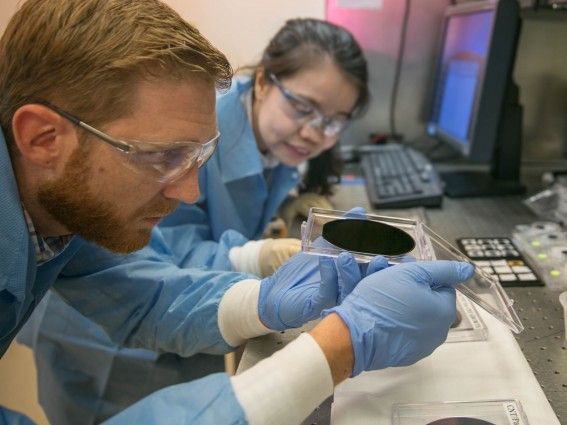As gravitational wave observatories become more sensitive, we may see the collisions of neutron stars and, possibly, find out what these stellar husks are really made of.
Nice.
Summary: “Nano satellite missions are low-cost and can do multiple jobs with a greater degree of accuracy. “It will be an advanced nano satellite weighing about one kg designed for a specific task of conducting oceanographic studies. S Satheesh Chandra Shenoi, Director, Indian National Centre for Ocean Information Services (INCOIS) and National Institute of Ocean Technology, said it’s good that educational institutions are venturing into space programmes. Close on the heels of the successful launch of SATHYABAMASAT, which the students of Sathyabama University worked on since 2009 to monitor the greenhouse gas concentration in the atmosphere, the Academy of Maritime Education and Training (AMET) is working on an ocean observation “AMETSAT — Nano Satellite Project” with the national space agency. Also, the incidences of aircrafts such as the Indian Air Force AN-32 going missing leaving no clues warrant more ocean observation satellites, though with little larger life span, unlike nano satellites which usually have a life space of 6 months, another AMET faculty member said.
CHENNAI: With the Indian Space Research Organisation (ISRO) opening its arms to educational institutions and private industry to participate in space exploration missions, there is a renewed enthusiasm among researchers and student community. Close on the heels of the successful launch of SATHYABAMASAT, which the students of Sathyabama University worked on since 2009 to monitor the greenhouse gas concentration in the atmosphere, the Academy of Maritime Education and Training (AMET) is working on an ocean observation “AMETSAT — Nano Satellite Project” with the national space agency. G Thiruvasagam, Vice-Chancellor, AMET, made the announcement during the sixth convocation held here on Wednesday. The deemed university has also bagged a project on “Marine Exploration of Submerged Poompuhar and Dwarka”. N Manoharan, Director, Research of AMET, told Express on the sidelines of the convocation that the project was in an early stage.
Plastic brick houses
Posted in habitats
All material things appear to be made of elementary particles that are held together by fundamental forces. But what are their exact properties? How do they affect how our universe looks and changes? And are there particles and forces that we don’t know of yet?
Questions with cosmic implications like these drive many of the scientific efforts at the Department of Energy’s SLAC National Accelerator Laboratory. Three distinguished particle physicists have joined the lab over the past months to pursue research on two particularly mysterious forms of matter: neutrinos and dark matter.
Neutrinos, which are abundantly produced in nuclear reactions, are among the most common types of particles in the universe. Although they were discovered 60 years ago, their basic properties puzzle scientists to this date.
Nice and Kudos to ORNL.
A team led by Jonathan Poplawsky of the Center for Nanophase Materials Sciences used advanced microscopy techniques to discover efficiency differences of crystalline structures of various mixtures of cadmium, tellurium and selenium. In fact, selenium is an integral part of the formulation that resulted in a world record for solar cell efficiency. The team’s paper is published in Nature Communications.
While some of today’s solar cells use a blend of cadmium and tellurium to convert light into electricity, adding the optimum amount of selenium in the right places could help increase efficiency from the current mark of about 22 percent to levels approaching the theoretical limit of 30–33 percent. The trick is to determine the best ratio of selenium.
“Using different microscopy methods, we were able to gain a better understanding of the phases, compositions and crystalline structures that allow these materials to convert light into electricity more efficiently,” said Poplawsky, adding that the availability of data is limited. “In some instances, adding too much selenium changes the crystalline structure of cadmium-tellurium and dramatically reduces the conversion efficiency.”
Amazing and can serve many areas.
(DOE/Lawrence Livermore National Laboratory) In work that aims to protect soldiers from biological and chemical threats, a team of Lawrence Livermore National Laboratory scientists has created a material that is highly breathable yet protective from biological agents.
This material is the first key component of futuristic smart uniforms that also will respond to and protect from environmental chemical hazards. The research appears in the July 27 edition of the journal, Advanced Materials.
High breathability is a critical requirement for protective clothing to prevent heat-stress and exhaustion when military personnel are engaged in missions in contaminated environments. Current protective military uniforms are based on heavyweight full-barrier protection or permeable adsorptive protective garments that cannot meet the c, ritical demand of simultaneous high comfort and protection, and provide a passive rather than active response to an environmental threat.

